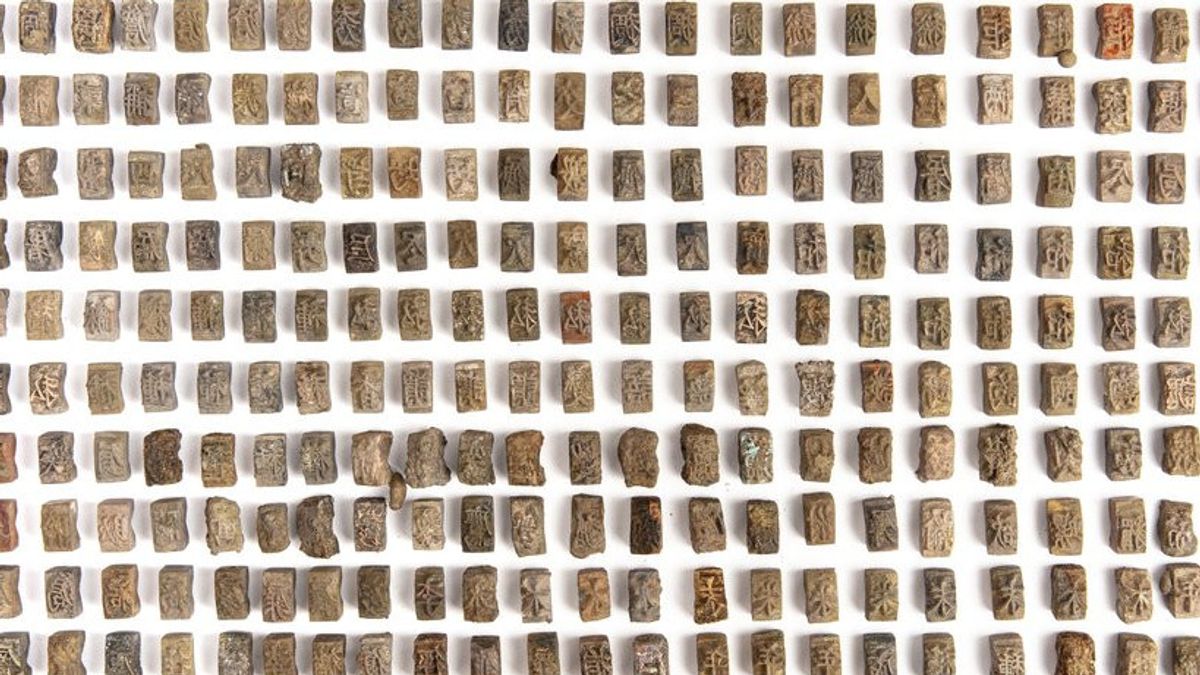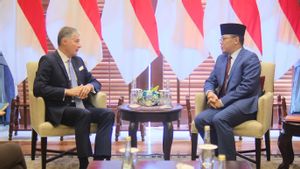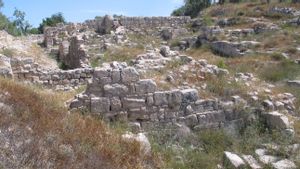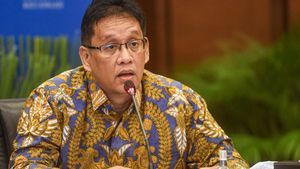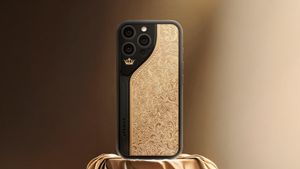JAKARTA - South Korean authorities announced the discovery of about 1,600 metal lettering blocks from the 15th and 16th centuries, which are believed to be the oldest surviving pieces of Korean characters in downtown Seoul.
Simultaneously with the announcement of this discovery, the Cultural Heritage Administration (CHA) of South Korea also announced the discovery of copper items considered to be part of astronomical clocks and water clocks manufactured in the early Joseon Dynasty (1392-1910).
The scientific treasure was excavated in early June from the remains of a 16th-century building in Insa-dong, which was known as the commercial and cultural center of the capital during the Joseon era.
The block printing metal, consisting of about 1,000 Chinese characters and about 600 Korean characters, is believed to have been produced in the mid-1400s.
"The block printing blocks vary in size and shape. Most of them were found intact, but some were melted in a fire and stuck together," an official from the cultural heritage agency said, citing Yonhap June 29.

This is the first time that a group of different types of metal pieces from the early Joseon era have been excavated from the same site at once. It is known that only about 30 metal typesetting blocks made before the Japanese invasion of Joseon in 1592 remain today.
Meanwhile, pieces of Korean characters, which are thought to date from 1455-61, are currently stored in the National Museum of South Korea. As for the Korean 'Jikji', which was printed around 1377 during the Goryeo Kingdom, it is recognized as the world's oldest book printed with movable metal.
The newly discovered block printing blocks, including Chinese characters dating from 1434, 1455 and 1465, and the oldest among the Korean letter blocks are thought to have been produced between 1455 and 1461, CHA said.
Some of the characters of the Korean alphabet are based on a special spelling system used around the time when King Sejong created Hangeul, the Korean alphabet, in 1446.

Among other findings are some of the most valuable scientific achievements of the Joseon period. They include copper artifacts believed to be components of two water clocks, made in 1438 and 1536 respectively and installed in the royal palace. It is thought to be the device that causes the ball to roll to mark the hour when the water level rises.
In addition, the agency unearthed objects deemed part of a sundial-cum-astronomy from the mid-15th century. Records show that four such clocks, called 'Ilseongjeongsieui', were produced in 1437, but none of them have survived until now.
Also found were eight firearms, 50-60 centimeters long, believed to have been made in 1583 and 1588, as well as a copper bell manufactured in 1535.
All the relics except for the typewriter block were found in pieces, the agency said.
"All the artifacts seem to have been buried together after 1588 and not used after. They are important materials that will contribute to our understanding of printing technology and science in the early Joseon era," he concluded.
The English, Chinese, Japanese, Arabic, and French versions are automatically generated by the AI. So there may still be inaccuracies in translating, please always see Indonesian as our main language. (system supported by DigitalSiber.id)
